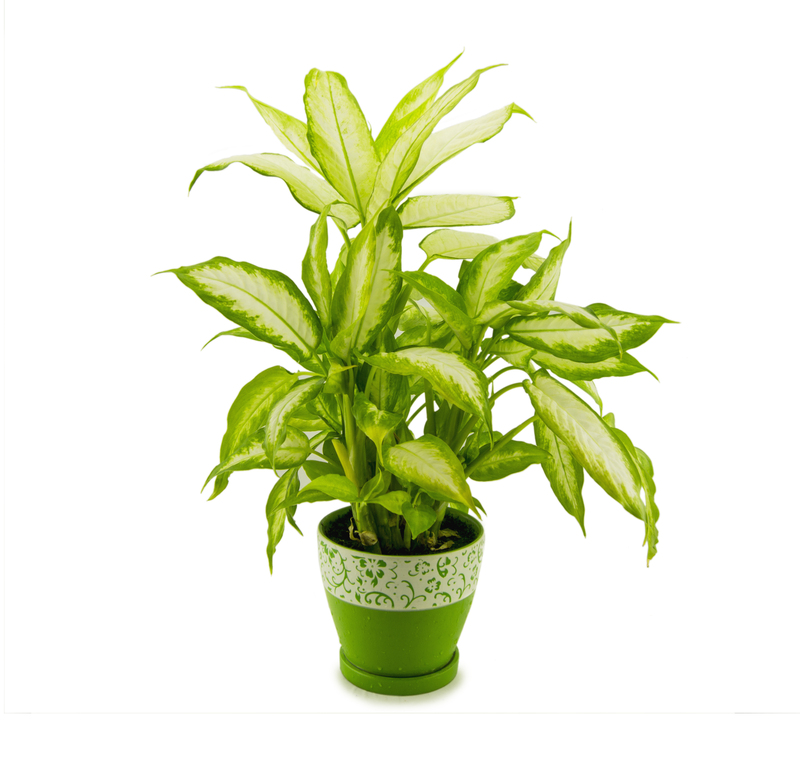Efficient Tree Stump Removal Techniques Every Homeowner Should Know
Removing tree stumps from your yard is more than a matter of aesthetics. Left unchecked, unsightly stumps can harbor pests, cause injuries, or even interfere with new landscaping projects. For homeowners seeking practical, effective solutions, several tree stump removal techniques exist that cater to varied needs--including budget, time, and physical ability. In this comprehensive guide, we explore the best methods to efficiently and safely remove stumps, helping you make the right decision for your property.

Why Is Tree Stump Removal Important?
Tree stumps are often thought of as harmless relics of past landscaping. However, they can pose several problems:
- Safety Hazard: Stumps are tripping dangers, especially for children and pets.
- Pest Attraction: Decaying wood attracts insects, including termites and carpenter ants.
- Regrowth: Some tree species can send up new shoots, resulting in unwanted regrowth.
- Obstruction: Stumps interfere with mowing, gardening, and other yard maintenance.
- Curb Appeal: Unsightly stumps can reduce your home's overall appeal and value.
Knowing how to remove tree stumps is an essential aspect of property care. Let's dive into the most efficient approaches every homeowner should consider.
Manual Stump Removal: Traditional Yet Effective
1. Digging Out the Stump
Manual or hand stump removal is best suited for small or medium-sized stumps with shallow roots. Here's how the process works:
- Tools Needed: Shovel, mattock, axe or pruning saw, heavy-duty gloves, and possibly a crowbar.
- Step 1: Dig around the stump to expose the roots.
- Step 2: Cut through roots with a saw or axe. Start with the smaller roots before tackling the larger ones.
- Step 3: Rock the stump back and forth with the shovel or crowbar to loosen it. Continue cutting roots as needed.
- Step 4: Remove the stump from the hole and fill the hole with soil.
Pros:
- Cost-effective (tools are often already on hand)
- No harmful chemicals used
- Labor-intensive, especially for large stumps
- Not suitable for deeply rooted or very old stumps
2. The Winch or Lever Method
For stumps with visible main roots, using a hand winch or lever for extraction is another efficient stump removal method. Secure the winch to the stump and a solid anchor, then slowly pull the stump free once roots have been cut and the base is loosened.
Tip: Always prioritize safety by wearing protective gear and ensuring the winch and anchor are stable and secure.
Chemical Stump Removal: Speed Up the Process
3. Chemical Stump Removers
When manual methods aren't practical, chemical stump removal offers a relatively easy, albeit slower, alternative. Here's how to efficiently use commercial stump removal chemicals:
- Step 1: Use a drilling tool to make several deep holes in the top and sides of the stump.
- Step 2: Pour the chemical stump remover--typically potassium nitrate--into the holes.
- Step 3: Add water to help the chemical absorb into the wood.
- Step 4: Wait 4-6 weeks. The stump will gradually soften and decay, making it easy to break apart and remove.
Advantages:
- Low manual effort required
- No need for heavy equipment
- Time-consuming compared to mechanical methods
- Potential environmental impact--ensure safe and responsible use
4. Natural Decomposition Accelerators
For homeowners seeking eco-friendly options, organic accelerators like high-nitrogen fertilizer, compost, or Epsom salts can facilitate stump decay. Fill holes in the stump as above, then keep the area moist and cover it with a tarp to speed up breakdown. This process can take several months to a year but is safe and environmentally friendly.
Mechanical Stump Grinding: Fast and Professional
5. Renting a Stump Grinder
For the fastest stump removal technique, consider a mechanical grinder. Most garden centers or rental services offer stump grinders for daily or hourly use. These powerful machines chip the wood into mulch, leaving only fine wood shavings behind.
How to Use a Stump Grinder:- Clear the area and trim the stump as low to the ground as possible.
- Start the grinder and follow the manufacturer's instructions for safe operation.
- Move the grinder back and forth across the stump surface until it's 4-6 inches below ground level.
- Shovel out the wood chips and fill the hole with soil.
Benefits:
- Highly effective and fast
- Suitable for most stump sizes and types
- Creates mulch for future use
- Requires rental fees and basic mechanical skill
- Machines can be heavy and noisy
- Safety precautions are essential--always wear safety goggles, gloves, and sturdy footwear
6. Professional Stump Removal Services
Sometimes, hiring a professional tree service is the best and most efficient stump removal method for challenging stumps. Experts use advanced equipment and have the experience to tackle large, stubborn, or hazardous stumps safely.
When to Choose Professional Stump Removal:
- The stump is extremely large or close to utility lines or structures
- You lack the equipment or physical ability
- Speed and complete removal are your main priorities
While more expensive than DIY methods, the assurance of safety and a clean finish is often worth the investment.
Alternative Stump Removal Methods
7. Burning the Stump
Stump burning is sometimes used for rapid decomposition, especially in rural areas. Here's an overview:
- Drill holes in the stump and pour in fuel oil (never gasoline).
- Allow the oil to soak in, then ignite the stump under controlled conditions.
- Monitor the burn continuously, and extinguish when done.
Warning: This method is illegal or restricted in many areas due to fire risk. Always check local regulations and consider safety and environmental impact. Use extreme caution if choosing this approach.
8. Smothering With Tarps or Mulch
Another low-impact technique is to block sunlight and moisture, starving the stump of nutrients. Cover the stump with a thick tarp, layered with mulch or soil. This dark, moist environment encourages termites and microbes to accelerate decomposition.
Frequently Asked Questions About Efficient Stump Removal
How long does it take to remove a tree stump?
*Manual removal* can take several hours, depending on the stump size and condition. Chemical methods work over weeks or months, whereas stump grinding often takes less than an hour for most stumps.
Is it better to grind or remove a stump completely?
Stump grinding is effective and leaves mulch behind but doesn't fully remove roots deep underground. Complete removal (digging out) eliminates the entire root system but is more labor-intensive. Your choice depends on future landscaping plans and the specific site.
Can I plant a new tree where a stump was removed?
Yes, but wait until all roots and wood debris are cleared, and the soil has settled. Use new topsoil and compost to support healthy regrowth.
Tips for Safe and Efficient Stump Removal
- Wear protective gear: Always use gloves, safety goggles, and sturdy boots.
- Check local regulations: Some cities require permits or ban burning/chemical removal.
- Know your tree species: Hardwoods and softwoods decay at different rates. Some trees resprout aggressively and may need extra attention.
- Dispose of debris responsibly: Compost wood chips, or contact local authorities for removal options.
- Plan ahead: Select the technique that suits your timeline, physical ability, and future landscaping plans.

Conclusion: Choose the Right Tree Stump Removal Technique for Your Home
Efficient stump removal is a valuable skill for every homeowner aiming to keep a safe, beautiful yard. Whether you choose manual, chemical, mechanical, or professional methods, understanding the pros and cons of each approach will help you make an informed decision. Remember that stump removal is about more than appearances; it's about maintaining the health, safety, and functionality of your landscape.
If you're planning to tackle multiple stumps or particularly large ones, a combination of methods may offer the best results. Don't hesitate to consult with local professionals for challenging projects, especially when utility lines or nearby buildings are involved. With the right technique and safety in mind, you can effectively reclaim your outdoor living space and prepare it for new adventures.
Related Resources
- Arbor Day Foundation: Stump and Deadwood Removal Guide
- Trees Are Good: Homeowner Tree Care Resources
- Penn State Extension: Removing Tree Stumps
Empower yourself with knowledge and take charge of your landscape. With these efficient stump removal techniques, every homeowner can enjoy a safer, cleaner, and more attractive yard.